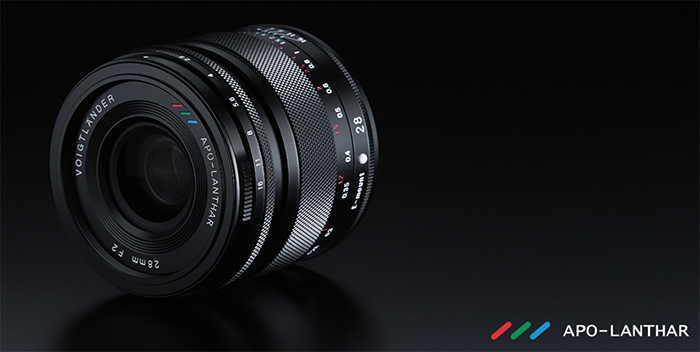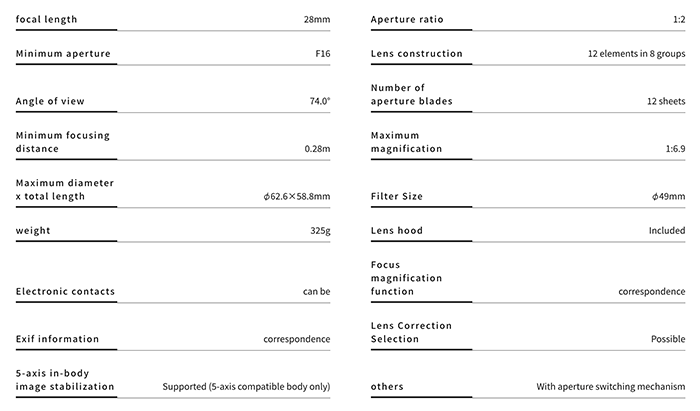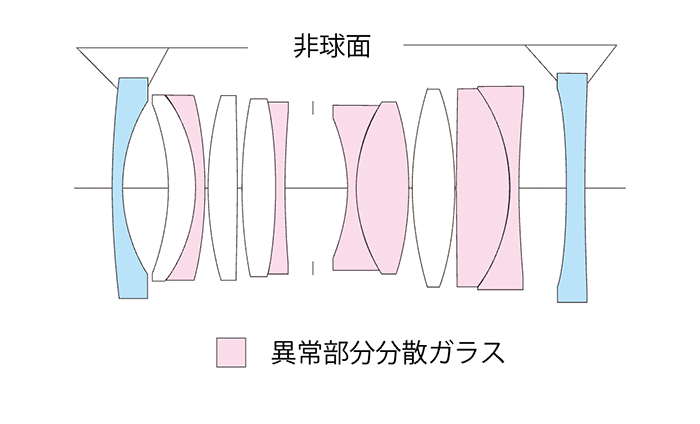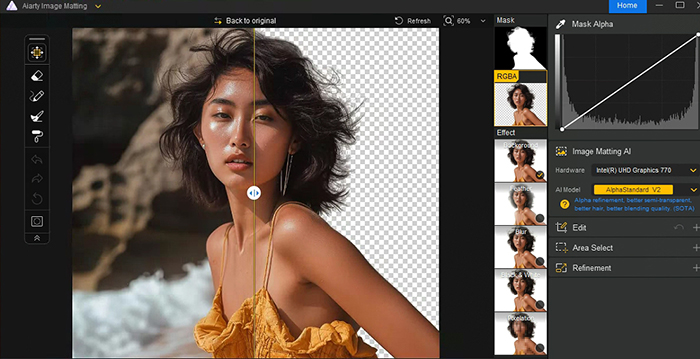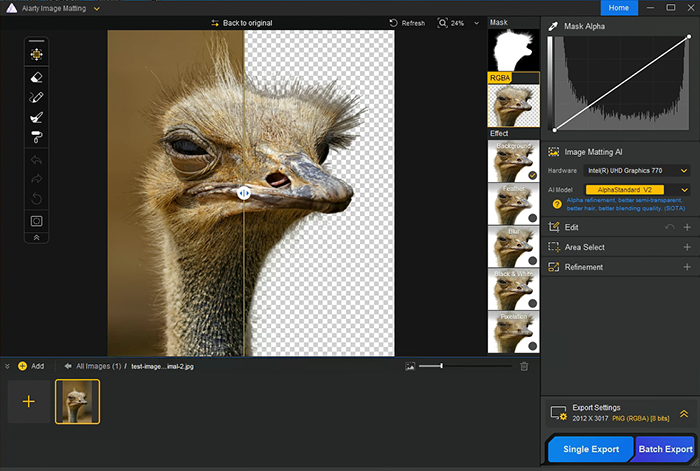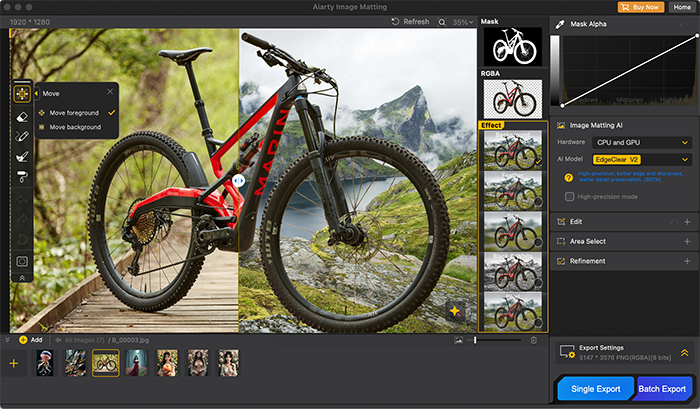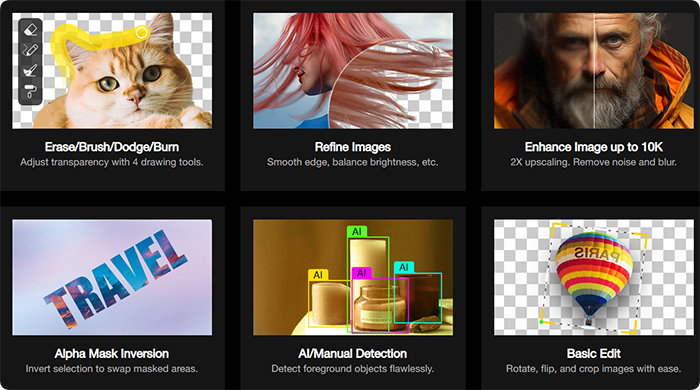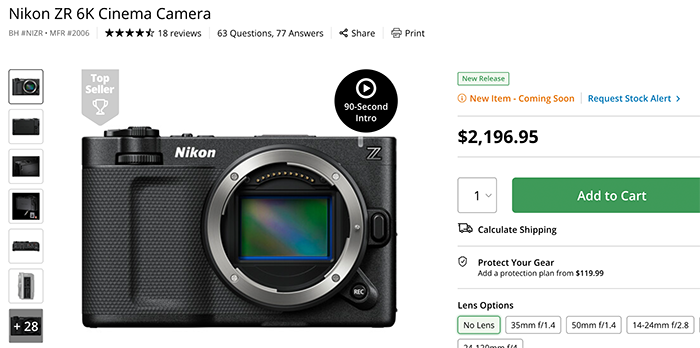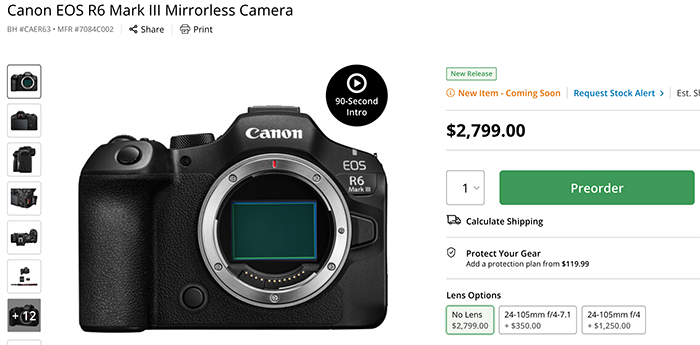MapCamera’s October camera ranking is out: the new Nikon ZR takes the top spot
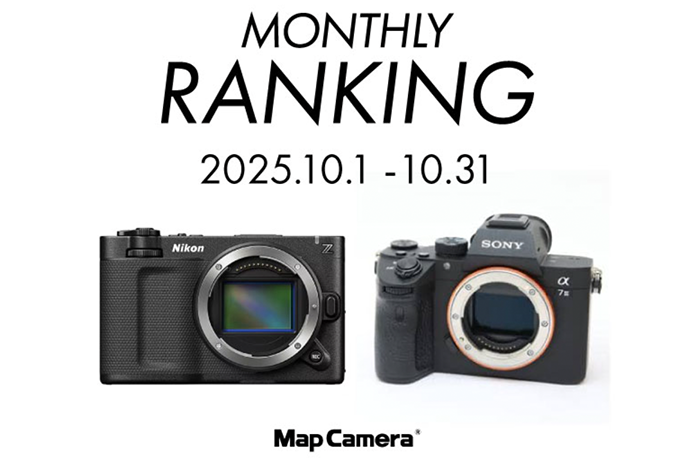
MapCamera has released its camera sales ranking for October.
New cameras:
- Nikon ZR – BHphoto
- Sony α7C II – BHphoto
- Ricoh GR IV – BHphoto
- Fujifilm X-E5 – BHphoto
- Ricoh GR IIIx – BHphoto
- Fujifilm X-M5 – BHphoto
- Nikon Z5II – BHphoto
- Sony α7IV – BHphoto
- Nikon Z f – BHphoto
- Fujifilm X-T5 – BHphoto
Used cameras:
